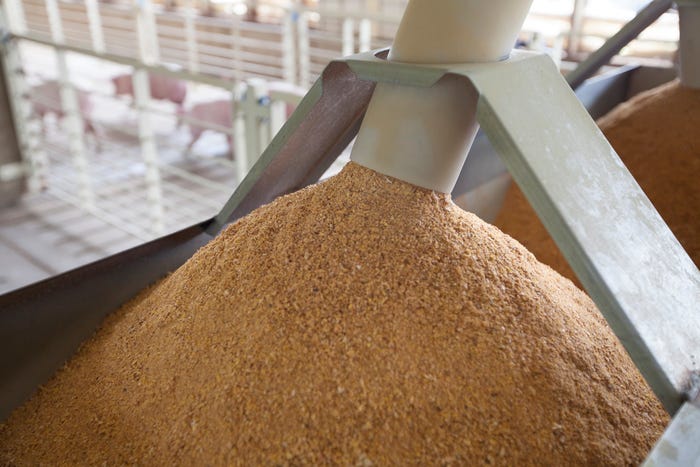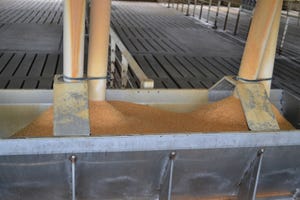Livestock Management
More Topics
thumbnail
Livestock Management
Understanding soybean meal functional compounds and their impact on pig health physiologyUnderstanding soybean meal functional compounds and their impact on pig health physiology
Live Stream Thursday, April 25 at 1 pm CT - What are soybean meal functional compounds and their impact on pig health physiology? Dr. Amy Petry of the University of Missouri shares insight on this important development.
Subscribe to Our Newsletters
National Hog Farmer is the source for hog production, management and market news












.jpg?width=300&auto=webp&quality=80&disable=upscale)






.jpg?width=300&auto=webp&quality=80&disable=upscale)



















